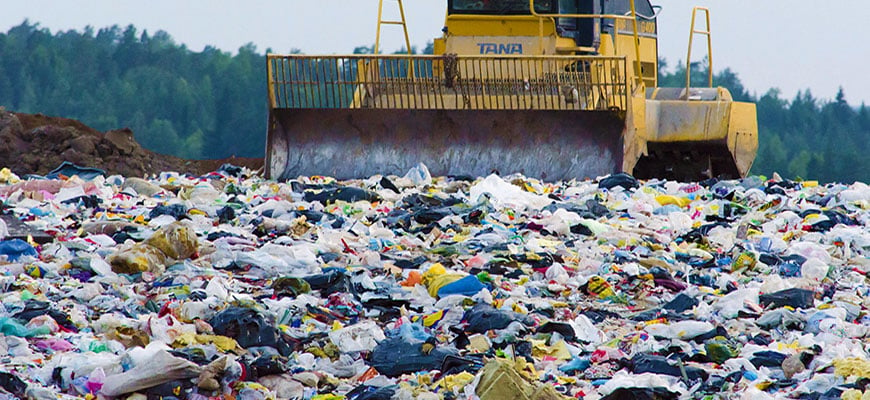
Creating your own Rocket Industrial personal account has many benefits:

The rise of e-commerce has completely changed the way we shop. It has also restructured our economy and distribution channels, while creating new challenges and opportunities for retailers to address.
Amazon is a beast. There’s no doubt about that. Starting out in 1994 as an online book retailer, today Amazon is the most valuable retailer in the US. It recently exceeded $500 billion in market value which is currently twice that of Wal-Mart. With the acquisition of Whole Foods, creation of private brands, planning of HQ2, and a slew of other innovative services such as drone delivery, Amazon Go stores, and Prime Now, it seems like there’s nothing slowing down the online retail giant.
The speed of delivery for online orders are becoming increasingly faster. With Amazon’s Prime Now, many customers are able to get essential items delivered within hours. This is in large part due to Amazon’s warehouses becoming more automated. Since 2012 when Amazon purchased Kiva Systems, it has been introducing mobile robotic fulfillment systems to many of its warehouses. (See the bots in action here.) Due to growth and the demand for faster shipping times, Amazon continues to add to its robotic fleet. 15,000 robots were added last year, cutting down picking times to around 15 minutes.
With the type of growth Amazon and the e-commerce industry are experiencing, you have to wonder that from a sustainability perspective, are we heading in the wrong direction? Many people have had the experience of receiving an item that was seemingly overpackaged for shipment. There are countless Reddit forums containing images posted by upset customers showing packaging waste from too large of boxes to a large amount of air pillows. While many online retailers have vowed to work on cutting down packaging waste, Amazon has been working on a more precise, automated system to create more box size options, along with building upon its sustainability division. While Amazon declines to publicly state how many tons of cardboard it uses annually, rough estimates show that with order fulfillments reaching a billion per year, this would equate to 1,000,000+ pounds of cardboard used per day.
Currently about 1/3 of an average landfill is made up of packaging material. As online shopping rates continue to grow, more packaging is being used and ending up in the waste stream. With this growth comes increased environmental responsibility for retailers. A study done by Sealed Air states that 77% of consumers feel the packaging companies use for online shipments should reflect environmental values, but at the same time, consumers are not willing to sacrifice product protection.
The Packaging Sweet Spot is not a mystical unicorn, it's an attainable goal. While from a cost and sustainability view, the goal is to minimize packaging material, it can't put the product at risk for damage. Our team has worked with manufacturers and retailers to find the optimum balance of protection and material usage for their products.
Rocket Industrial offers custom products to help you ship your products safely and efficiently with the least amount of packaging waste possible.